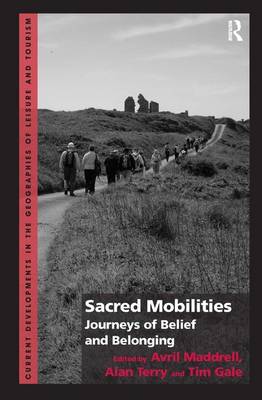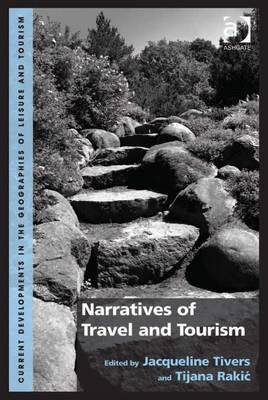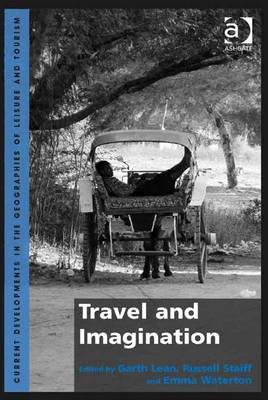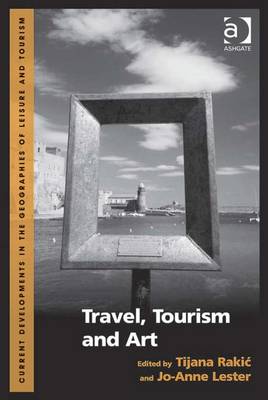Current Developments in the Geographies of Leisure and Tourism
4 total works
Narratives of Travel and Tourism
Travel and tourism 'stories' have been told and recorded within every culture, in every period of oral and written history, and across the breadth of the fact/fiction continuum. Taking two broad themes as its starting point - travellers and their narratives, and place narratives in travel and tourism - the book has a deliberately wide scope, with different chapters addressing the subject through various relevant 'lenses' and in relation to a number of different contexts. The narratives discussed include both historical and contemporary, as well as 'real-life' and fictional, narratives contained within travel writing, travel and tourism stories and different types of media. In relation to the principal themes of the book, some chapters also explore the importance of collecting memorabilia and image making in the recording, remembering, writing, telling or disseminating of stories about travel and tourism experiences and some examine the ways in which travel and tourism narratives may construct and reinforce personal, collective and place identities. The whole book is marked by an over-arching concern for narrative interpretation as a means of understanding, and providing a new perspective on, travel and tourism.
Travel and Imagination
The imagination has long been associated with travel and tourism; from the seventeenth century when the showman and his peepshow box would take the village crowd to places, cities and lands through the power of stories, to today when we rely on a different range of boxes to whisk us away on our imaginative travels: the television, the cinema and the computer. Even simply the notion of travel, it would seem, gives us license to daydream. The imagination thus becomes a key concept that blurs the boundaries between our everyday lives and the idea of travel. Yet, despite what appears to be a close and comfortable link, there is an absence of scholarly material looking at travel and the imagination.
Bringing together geographers, sociologists, cultural researchers, philosophers, anthropologists, visual researchers, archaeologists, heritage researchers, literary scholars and creative writers, this edited collection explores the socio-cultural phenomenon of imagination and travel. The volume reflects upon imagination in the context of many forms of physical and non-physical travel, inviting scholars to explore this fascinating, yet complex, area of inquiry in all of its wonderful colour, slipperiness, mystery and intrigue. The book intends to provide a catalyst for thinking, discussion, research and writing, with the vision of generating a cannon of scholarship on travel and the imagination that is currently absent from the literature.
Travel, Tourism and Art
Art, in its many forms, has long played an important role in people's imagination, experience and remembrance of places, cultures and travels as well as in their motivation to travel. Travel and tourism, on the other hand, have also inspired numerous artists and featured in many artworks. The fascinating relationships between travel, tourism and art encompass a wide range of phenomena from historical `Grand Tours' during which a number of travellers experienced or produced artwork, to present-day travel inspired by art, artworks produced by contemporary travellers or artworks produced by locals for tourist consumption. Focusing on the representations of `touristic' places, locals, travellers and tourists in artworks; the role of travel and tourism in inspiring artists; as well as the role of art and artwork in imagining, experiencing and remembering places and motivating travel and tourism; this edited volume provides a space for an exploration of both historical and contemporary relationships between travel, tourism and art. Bringing together scholars from a wide range of disciplines and fields of study including geography, anthropology, history, philosophy, and urban, cultural, tourism, art and leisure studies, this volume discusses a range of case studies across different art forms and locales.



